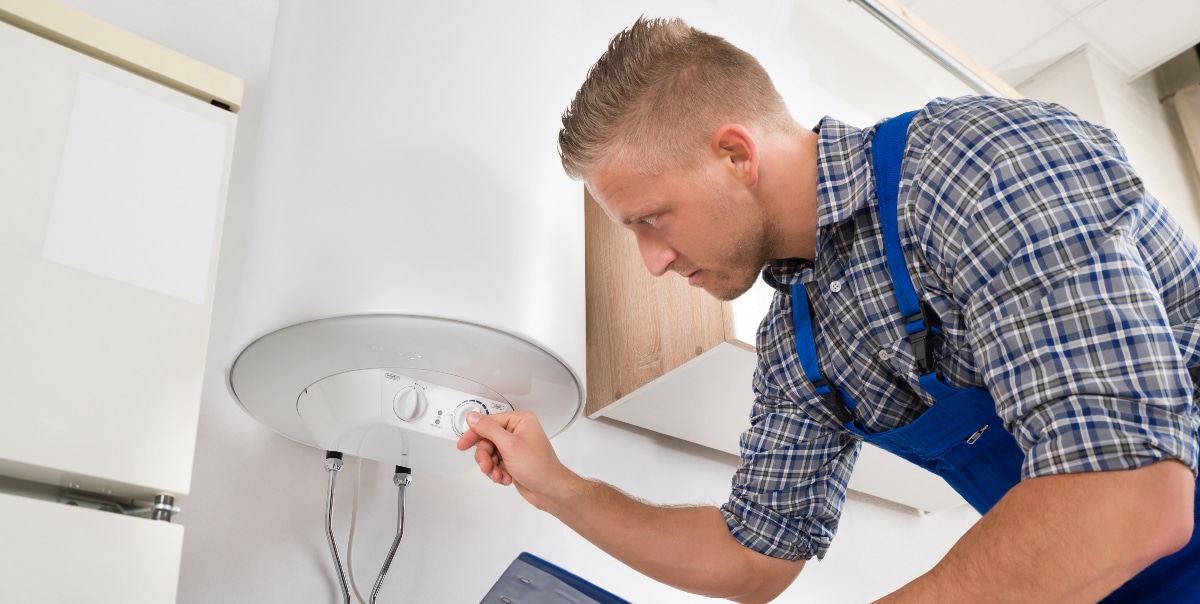Any individual will have their personal idea on the subject of Tips on Maintaining a Water Heater.

Warm water is necessary for everyday comfort, whether it's for a refreshing shower or cleaning recipes. To ensure your hot water system runs efficiently and lasts much longer, routine maintenance is key. This write-up provides sensible suggestions and insights on just how to preserve your home's warm water system to prevent interruptions and costly fixings.
Intro
Preserving your home's warm water system might appear challenging, yet with a few straightforward steps, you can guarantee it operates efficiently for years to find. This overview covers everything from comprehending your warm water system to DIY upkeep tips and understanding when to call in expert aid.
Importance of Preserving Your Warm Water System
Regular maintenance not just extends the life expectancy of your warm water system yet additionally ensures it operates successfully. Neglecting upkeep can result in reduced performance, higher energy costs, and even premature failing of the system.
Signs Your Warm Water System Demands Maintenance
Understanding when your warm water system needs focus can protect against major problems. Keep an eye out for indicators such as inconsistent water temperature, odd sounds from the heater, or rusty water.
Comprehending Your Hot Water System
Before diving into upkeep jobs, it's handy to comprehend the fundamental elements of your warm water system. Typically, this consists of the hot water heater itself, pipes, anode rods, and temperature controls.
Regular Monthly Upkeep Tasks
Normal month-to-month checks can aid capture small concerns before they escalate.
Flushing the Hot Water Heater
Flushing your water heater removes sediment buildup, enhancing effectiveness and extending its life.
Monitoring and Replacing Anode Rods
Anode rods avoid rust inside the storage tank. Inspecting and replacing them when worn out is crucial.
Inspecting and Adjusting Temperature Settings
Changing the temperature settings ensures optimal efficiency and safety and security.
Do It Yourself Tips for Upkeep
You can execute numerous upkeep jobs yourself to keep your hot water system in top condition.
Looking for Leaks
Frequently inspect pipelines and links for leakages, as these can cause water damage and higher bills.
Testing Stress Alleviation Valves
Checking the pressure safety valve ensures it works correctly and prevents too much pressure buildup.
Shielding Pipelines
Protecting hot water pipelines lowers warm loss and can save energy.
When to Call a Specialist
While do it yourself maintenance is advantageous, some issues call for expert knowledge.
Complex Concerns Requiring Specialist Assistance
Examples include significant leaks, electrical troubles, or if your water heater is consistently underperforming.
Regular Professional Upkeep Perks
Professional upkeep can include thorough assessments, tune-ups, and guaranteeing conformity with safety criteria.
Final thought
Regular upkeep of your home's hot water system is crucial for effectiveness, longevity, and price savings. By adhering to these suggestions and recognizing when to look for professional aid, you can ensure a reliable supply of warm water without unforeseen disruptions.
How to Maintain an Instant Hot Water Heater
Before tinkering with your hot water heater, make sure that it’s not powered on. You also have to turn off the main circuit breaker and shut off the main gas line to prevent accidents. Also turn off the water valves connected to your unit to prevent water from flowing into and out of the appliance. 2. When you’re done, you have to detach the purge valves’ caps. These look like the letter “T” and are situated on either side of the water valves. Doing so will release any pressure that has accumulated inside the valves while at the same time avoid hot water from shooting out and burning your skin. 3. When the purge valves’ caps are removed, you have to connect your hosing lines to the valves. Your unit should have come with three hoses but if it didn’t, you can purchase these things from any hardware or home repair shops. You can also get them from retail stores that sell water heating systems. Read the user’s manual and follow it to complete this task properly. When the hosing lines are connected, open the purge port’s valves. 4. You should never use harsh chemical cleaners or solutions when cleaning your unit. Make use of white vinegar instead. It should be undiluted and you’ll probably use about 2 gallons. 5. Now flush your water heater. This task should probably take about 40 minutes. We can’t give you specific directions for this because the procedure is carried out depending on the type, model and brand of your heater. With that being said, refer to the user’s manual. 6. When you’re done draining the unit, you have to turn off the purge port valves again. Remove the hosing lines that you earlier installed on each of the water valves. Put the valve caps (purge port) back in their respective places and be very careful so as not to damage the rubber discs that are found inside these caps. 7. Now that everything’s back in place, check your user’s manual again to find out how to reactivate your water heating system. 8. Once it is working, turn one of your hot water faucets on just to let air pass through the heater’s water supply pipes. Leave the tap on until water flows smoothly out of it. https://www.orrplumbing.com/blog/2014/september/how-to-maintain-an-instant-hot-water-heater/

Hopefully you enjoyed our part about How to Maintain a Hot Water Heater in a Few Simple Steps. Thanks for taking time to read through our content. Enjoyed our piece? Please quickly share it. Help somebody else check it out. I thank you for your readership.
Suggested Site